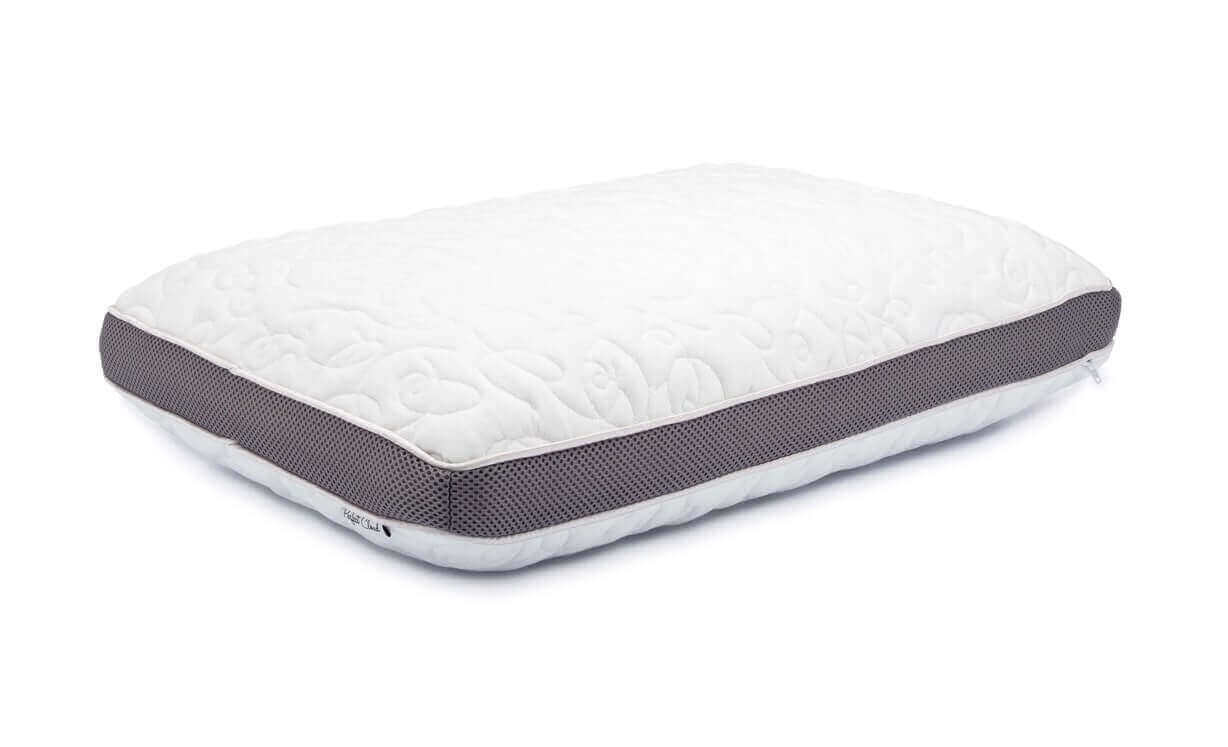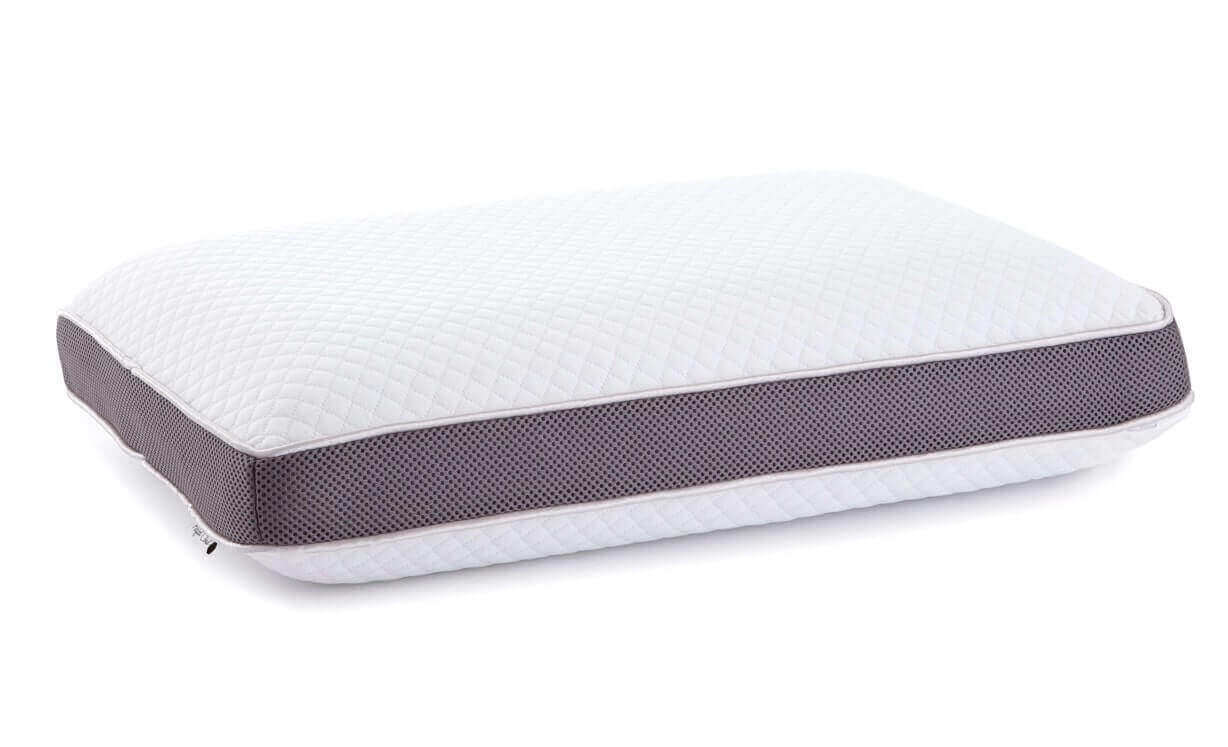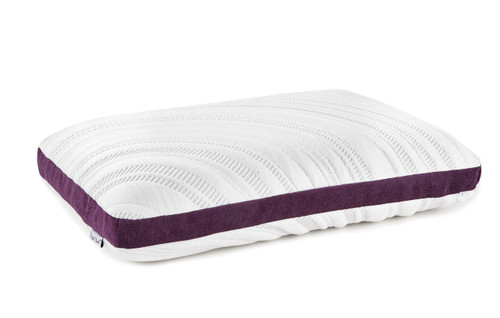How Your Bed Makes Your Allergy Worse
Posted by Jamie on 6th Mar 2020
Seasonal allergies can make it hard to sleep, whether you can’t stop sneezing or are suffering from itchy eyes and congestion. Once you’ve got your seasonal symptoms under control, though, what does it mean when allergic reactions persist? One possibility – you could be allergic to your bed.
Our bedrooms are ideal breeding grounds for common allergens like dust mites that thrive in humid environments and feed on skin flakes. That may sound gross, but it also means that you can help minimize their presence in your bedroom. If you’re suffering allergy symptoms year-round, banishing dust mites and other bedroom allergens may be the best place to start.
The Issue With Old Mattresses
Since dust mites feed on skin cells, old mattresses make a perfect home for these tiny, allergy-causing arthropods, which means it’s worth asking a key question: when was the last time you replaced your mattress? Most people hold on to their mattresses until it’s absolutely unusable, and their average lifespan is estimated at about ten years, but it’s not easy to clean a mattress. That’s why old mattresses are a common allergy trigger, though there are plenty of ways to minimize the accumulation of allergens.
One of the best ways to minimize the allergenic tendency of old mattresses is by sealing the mattress inside a specialty cover known as an encasement. Box springs should also be zipped into a washable, vinyl cover. These covers are easily washable, which means that you can easily eliminate the food source that dust mites rely on to survive and breed. The same principle applies to pillows, although they should be replaced far more frequently than your mattress.
Through The Wash Cycle
Another way of minimizing allergies in the bedroom is by choosing the right linens and laundering them regularly. Like mattresses, heavy comforters and quilts provide the perfect environment for dust mite proliferation, and like mattresses, they typically aren’t washed very often simply because many people don’t have large enough washers and dryers to accommodate a large comforter.
The good news is that there are several ways to minimize the presence of dust mites in bedding. First, if at all possible, it’s better to switch from a duvet or comforter to thinner blankets that don’t provide as hospitable of an environment for dust mites. If you’d rather keep your old blankets, though, then it’s important to wash them regularly at a high temperature. Wash all of your bedding, including sheets, blankets, and even mattress covers, in hot water (between 130- and 140-degrees Fahrenheit) weekly. You can also wash them in cold water as long as the linens go through the dryer for at least ten minutes, also at a minimum of 130 degrees. Washing your linens at that temperature will ensure that you kill all the dust mites and other allergens.
More Than Just Kid Stuff
Any parent who has ever tried to convince their children that they don’t need so many stuffed animals now has another bargaining chip in their pocket: allergies. Stuffed animals act just like mattresses and comforters, which means every time your child snuggles up with their favorite teddy, they’re feeding allergy-causing dust mites. Of course, we all know how hard it is to get children to give up their favorite stuffed friends, but at the very least, you should be washing your kids’ stuffed animals weekly and minimizing how many they keep directly on their bed.
Bedroom Allergies – Spot The Signs
If you’ve always lived with dust mite allergies or you have allergies stemming from another source, it may be hard to identify the source of your symptoms. Luckily, there are ways to determine the cause of your problems. Obviously if you institute better allergen management as described above and find your symptoms improve, that’s a clear indicator that dust mites may be the source of the problem. However, since dust mites are such a pervasive problem, it can help to seek outside confirmation.
Doctors can test you for a dust mite allergy using either a skin or blood test. The skin test plants a bit of the allergen in question on the skin using a needle and compares it to a control to determine whether your body reacts to the irritant. Alternatively, the blood test can be used to check for specific antibodies and determine how reactive you are to allergens, including dust mites. Once it’s determined whether or not you are allergic to dust mites or other common irritants, your doctor can prescribe an appropriate treatment regimen.
High Risk Sleepers
Some people are at a higher risk of reacting to dust mites than others, particularly those with other environmental allergies and asthma. Those with other major allergies may consider changing their pillow cases every other day, rather than just washing it weekly, and should be especially careful about using a humidifier, keeping the room cool, and dusting and vacuuming regularly. Using an air purifier can also help reduce symptoms.
For those who experience serious reactions to dust mites, you might also consider laundering bedding in detergent containing a dust mite killing agent such as benzyl benzoate. Such detergents are more effective than powders with the same active ingredient, though it’s worth testing the detergent on a single piece of bedding first to ensure that it also doesn’t cause an allergy in sensitive individuals.
Making The Big Changes
If you’ve had your mattress for a long time, the best thing you can do, if you hope to minimize your allergy symptoms, is to make some big changes in your bedroom, starting with your mattress. Switching to a hypoallergenic mattress topper or mattress can help minimize the buildup of dust mites and other irritants. You might also invest in hypoallergenic pillows.
At Perfect Cloud, we believe that everyone should be able to enjoy a comfortable, refreshing night’s sleep every night and that’s why we’re committed to making high-quality, allergy-friendly products. And with a ten-year warranty and luxury, temperature-neutral materials, Perfect Cloud mattresses are designed for lasting comfort. Stop sleeping on an itchy, old mattress and invest in your rest today with Perfect Cloud.











